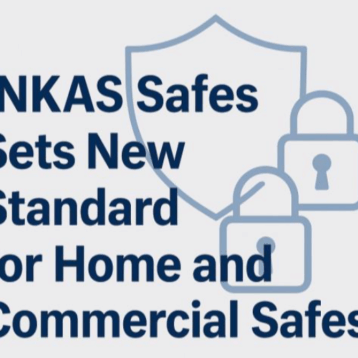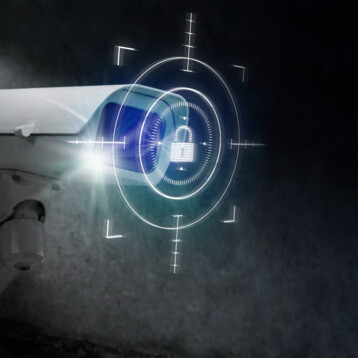|
|
The system is different than existing remote laser-sensing methods in that the returning beam of light is not just a reflection or scattering of the outgoing beam. It is an entirely new laser beam generated by oxygen atoms whose electrons have been “excited” to high energy levels. This makes the new “air laser” a much more powerful tool than previously existed for remote measurements of trace amounts of chemicals in the air.
The new “air laser” uses an ultraviolet pulse that is focused on a tiny patch of air, similar to the way a magnifying glass focuses sunlight into a hot spot. Within this hot spot — a cylinder-shaped region just 1 millimeter long — oxygen atoms become “excited” as their electrons get pumped up to high energy levels. When the pulse ends, the electrons fall back down and emit infrared light. Some of this light travels along the length of the excited cylinder region and, as it does so, it stimulates more electrons to fall, amplifying and organizing the light into a coherent laser beam aimed right back at the original laser.
normally when looking to determine if there are contaminants in the air a sample of air si required for testing. However according to the researchers with the new system “you don’t need to do that. If there’s a bomb buried on the road ahead of you, you’d like to detect it by sampling the surrounding air, much like bomb-sniffing dogs can do, except from far away. That way you’re out of the blast zone if it explodes. It’s the same thing with hazardous gases — you don’t want to be there yourself. Greenhouse gases and pollutants are up in the atmosphere, so sampling is difficult.”
The air-laser is many times stronger than most existing methods something which should allow users to determine not just how many contaminants are in the air but also the identity and location of those contaminants. The stronger signal should also allow for detection of much smaller concentrations of airborne contaminants, a particular concern when trying to detect trace amounts of explosive vapors.
More information on the air-laser can be found on the Princeton website.











